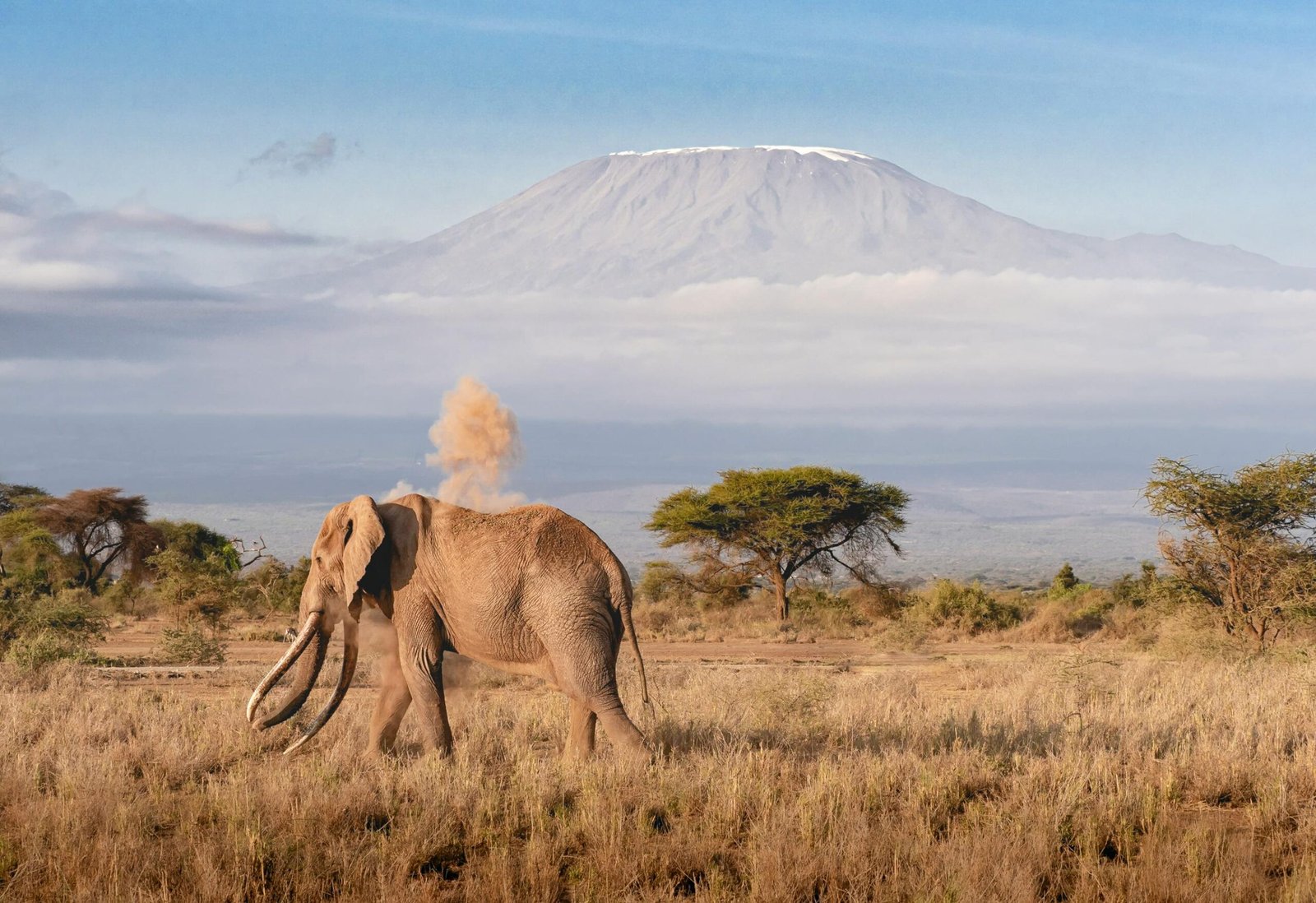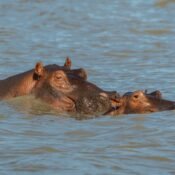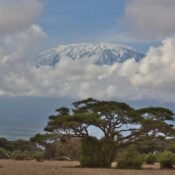
A First-Timer’s Guide to Serengeti National Park
The Serengeti National Park isn’t just a safari destination—it’s a world icon. For many, it’s the ultimate bucket list experience, and for good reason. With its sweeping plains, legendary wildlife, and annual Great Migration, the Serengeti offers first-time visitors a raw, powerful, and unforgettable introduction to Africa’s wilderness.
If you’re planning your first trip to this remarkable region, here’s everything you need to know for an incredible adventure in Serengeti National Park.
Why the Serengeti?
Located in northern Tanzania and spanning over 14,700 square kilometers, Serengeti National Park is one of the oldest and most celebrated wildlife sanctuaries on Earth. Its name comes from the Maasai word “Siringet”, meaning “the place where the land runs on forever.” And that’s exactly how it feels—endless golden grasslands dotted with acacia trees, dramatic skies, and the pulse of nature in every direction.
But what truly sets the Serengeti apart is its unparalleled biodiversity. From lions lounging under the sun to herds of wildebeest thundering across the savannah, every inch of the park tells a story of survival, adaptation, and wonder.
When to Visit
Timing your trip right is crucial. The Serengeti offers different experiences throughout the year:
- January to March: Calving season in the southern Serengeti. A great time to witness baby wildebeest being born—and predators on the prowl.
- April to May: The long rains arrive, making it the low season. The landscapes are lush and beautiful, but roads can be muddy.
- June to July: The Great Migration begins moving north, and river crossings start—spectacular for photographers and thrill-seekers.
- August to October: Prime time for witnessing dramatic Mara River crossings near the northern Serengeti.
- November to December: Short rains green the plains again, and the herds start migrating southward.
The Great Migration: A Natural Wonder
One of the most famous natural spectacles on Earth, the Great Migration involves over 1.5 million wildebeest, 200,000 zebras, and thousands of gazelles traveling in a clockwise direction across the Serengeti and into Kenya’s Masai Mara in search of fresh grazing.
River crossings—especially at the Mara and Grumeti rivers—are thrilling highlights. Crocodiles lie in wait, and predators lurk nearby. Timing your visit around these crossings is worth the effort but requires careful planning with your tour operator.
Top Wildlife to See
The Serengeti is home to the Big Five—lion, leopard, elephant, buffalo, and rhino—though rhinos are rare and best spotted in the park’s northwestern regions.
Other highlights include:
- Cheetahs: Often seen in open grasslands hunting during the day.
- Hippos and Crocodiles: Lurking in rivers and pools.
- Giraffes, Zebras, and Antelope: Grazing in herds.
- Birdlife: Over 500 species, including eagles, vultures, and colorful bee-eaters.
Where to Stay
Serengeti offers a range of accommodations for different budgets and experiences:
- Budget Campsites: Basic, but immersive and ideal for backpackers or adventurous travelers.
- Tented Camps: These range from mid-range to luxury and offer the feel of camping with the comfort of a hotel.
- Lodges: Permanent structures with modern amenities, pools, and incredible views.
Consider staying in different parts of the park to maximize your game viewing: the Central Serengeti for year-round sightings, the North for migration river crossings, and the South for calving season.
How to Get There
Most visitors fly into Kilimanjaro International Airport (JRO) or Arusha Airport, then take a small chartered flight into the park or drive in from Arusha (about 7-8 hours).
Flying saves time and offers breathtaking aerial views of the savannah. Driving, however, allows for a scenic journey through local towns and the Ngorongoro Conservation Area.
What to Pack
Packing light but smart is key:
- Clothing: Neutral-colored, lightweight clothes (avoid black and blue, which attract tsetse flies), a warm jacket for chilly mornings, and a hat.
- Footwear: Comfortable walking shoes or boots.
- Essentials: Binoculars, camera with zoom lens, sunscreen, insect repellent, reusable water bottle, and a good pair of sunglasses.
- Documents: Passport, visa (if required), yellow fever vaccination certificate (if coming from affected countries), travel insurance.
Responsible Safari Etiquette
Respecting nature ensures your safety and the park’s preservation:
- Don’t shout or make sudden movements near animals.
- Never feed or touch wildlife.
- Stay in your vehicle unless your guide says otherwise.
- Avoid single-use plastics; many camps promote eco-friendly practices.
- Support local communities by buying handmade crafts or using ethical tour operators.
Cultural Insights: The Maasai Connection
The Maasai people, known for their vibrant dress and rich traditions, live near the Serengeti and play an essential role in conservation and cultural tourism. Consider visiting a Maasai village for an authentic glimpse into their semi-nomadic lifestyle, traditional dancing, and storytelling.
Just ensure the experience is ethical and community-approved—many reputable guides will facilitate respectful, non-exploitative visits.
Final Tips for First-Timers
- Book in advance: Especially during migration months.
- Go with a guide: Self-drives are possible but navigating the vast park is easier and more informative with an expert.
- Stay flexible: Wildlife doesn’t run on a schedule. Patience rewards the best sightings.
- Don’t rush: Spend at least 3–5 days to explore multiple areas and soak in the experience.
Conclusion
Serengeti National Park isn’t just a destination—it’s a transformative journey. For first-timers, it’s a chance to reconnect with the wild, witness nature’s most epic dramas, and experience the soul of Tanzania. With the right preparation and an open heart, your first Serengeti safari won’t just meet expectations—it will exceed them in ways you never imagined.
So pack your sense of adventure, leave the world behind, and step into the wild heart of Africa. The Serengeti is calling.




